Who was Kekulé?
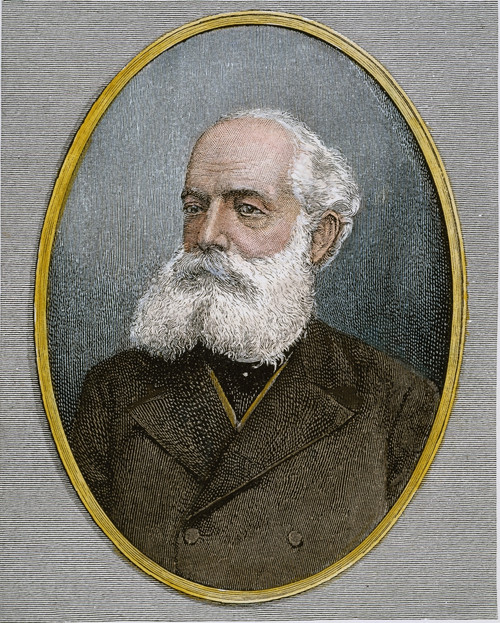
Friedrich August Kekulé (1829-1896) was a German organic chemist who made several groundbreaking discoveries, most famously the cyclic structure of benzene. Kekulé’s insight into the benzene ring was a pivotal moment in the history of chemistry that revolutionized the field. Interestingly, Kekulé attributed this discovery to a moment of intuition and visual inspiration that came to him in a dream.
Kekulé’s Dream and the Benzene Ring Structure
The story of Kekulé’s benzene ring discovery has become legendary in the annals of science. According to Kekulé’s own account, he was dozing by the fireplace when he had a vision of atoms dancing and linking together in chains. Then one of the chains formed a snake-like shape that seized its own tail, whirling mockingly before his eyes. This dream imagery led Kekulé to the realization that benzene had a cyclic structure, with carbon atoms linked in a closed ring.
Kekulé published his benzene ring theory in 1865, proposing that the six carbon atoms and six hydrogen atoms of benzene (C6H6) were arranged in a hexagonal ring. This model elegantly explained benzene’s unique chemical properties and laid the foundation for a new understanding of aromatic compounds. It marked a major breakthrough in structural chemistry.
The Role of Intuition and Unconscious Processing
Kekulé’s benzene ring discovery highlights the important role that intuition and unconscious processing can play in scientific creativity. The visual nature of his insight, coming to him in a dream-like state, suggests that Kekulé’s mind was working on the problem beneath the level of conscious awareness.
Cognitive psychologists have studied the phenomenon of intuition and found that it often involves the rapid, unconscious processing of patterns and information that the conscious mind has not yet put together. In Kekulé’s case, his extensive knowledge of organic chemistry undoubtedly shaped his unconscious associations, allowing his mind to generate the hexagonal ring as a potential solution.
The benzene ring example also illustrates the visual and spatial nature of much scientific thinking. Visual imagery and spatial reasoning are known to be powerful tools in scientific problem solving. Kekulé’s dream points to the importance of visual imagination in the creative process.
Intuition and Empirical Validation
However, it is crucial to note that while Kekulé’s discovery originated with an intuitive leap, it was substantiated through rigorous empirical work. Kekulé’s benzene ring theory made specific predictions that could be experimentally tested. The structure was confirmed through chemical analysis and synthesis, and it successfully explained the behavior of aromatic compounds.
This underscores an important point about the role of intuition in science. Intuitive insights, no matter how compelling, must ultimately be validated through empirical evidence and scientific methodology. Intuition generates hypotheses and suggests fruitful directions for research, but it is not a substitute for the hard work of experimentation and proof.
Implications and Lessons
Kekulé’s benzene ring discovery offers several lessons about the nature of scientific creativity and the interplay of intuition and empiricism:
- Intuition and unconscious processing can be powerful sources of scientific insight, especially for problems that require a leap beyond existing paradigms.
- Visual thinking and spatial reasoning are important tools in science, not just verbal and mathematical logic. Cultivating visualization skills may enhance scientific creativity.
- Flashes of insight often emerge after a period of intense conscious work on a problem. Kekulé’s mind was primed with extensive knowledge of organic chemistry, allowing his unconscious to generate novel combinations.
- Intuitive breakthroughs must be rigorously tested and empirically validated. Intuition points the way, but scientific methods must light the path ahead.
- Openness to unexpected ideas and a willingness to think unconventionally may nurture scientific creativity. If Kekulé had dismissed his dream imagery, he might have missed his revolutionary discovery.
In conclusion, Friedrich August Kekulé’s discovery of the benzene ring structure illustrates the vital interplay between intuition and empirical science in the creative process. Kekulé’s intuitive visual insight, originating in a dream, led him to a conceptual breakthrough that reshaped organic chemistry. At the same time, this intuition was validated and substantiated by extensive experimental work. Kekulé’s story reminds us that unconscious processing, visual reasoning, and leaps of imagination are essential tools in the scientist’s cognitive toolkit, working hand-in-hand with rigorous empirical methods to advance the frontiers of scientific understanding.
Influences on Jung

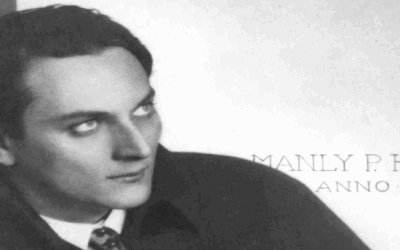










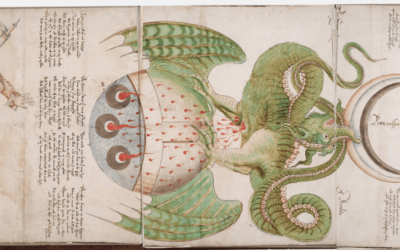

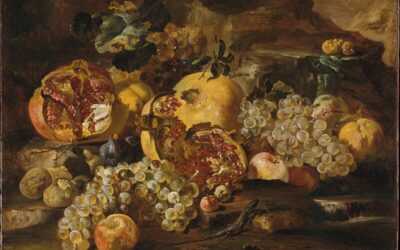

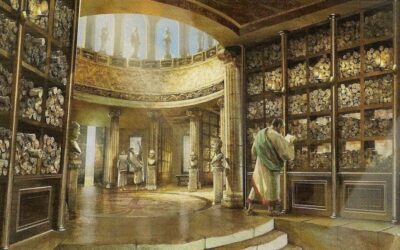
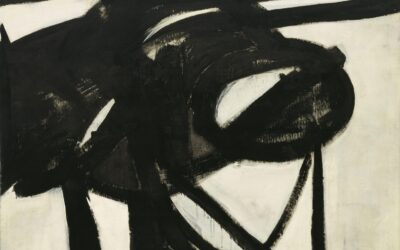
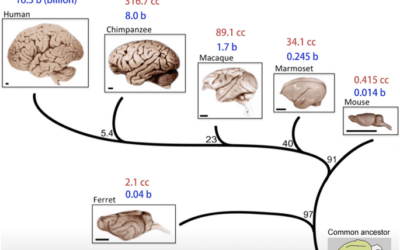
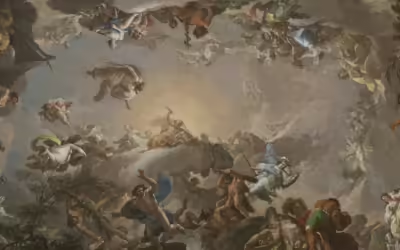
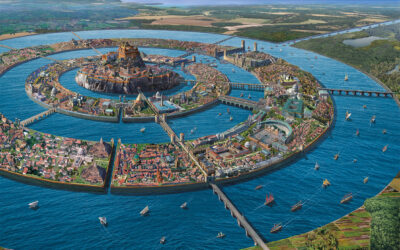
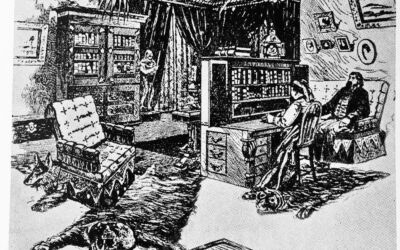

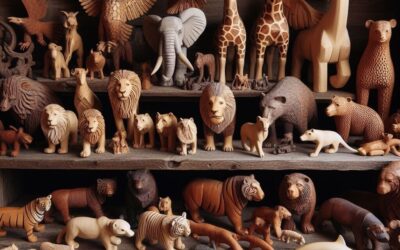
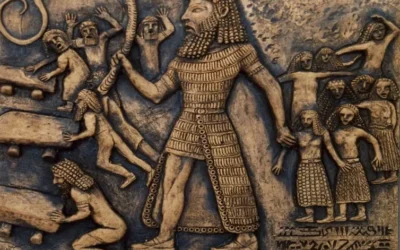
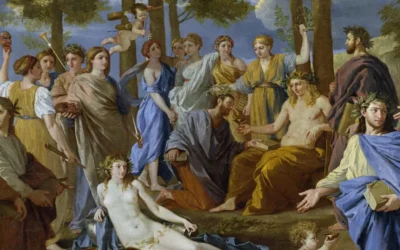
0 Comments